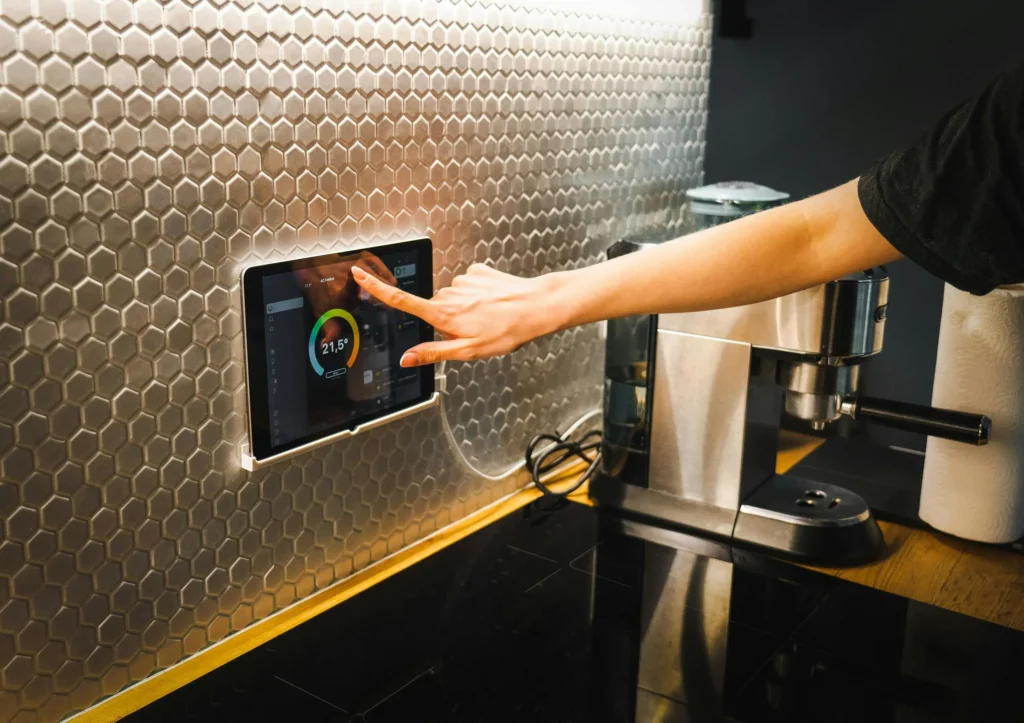Introduction
Home automations are becoming increasingly popular due to increased convenience, enhanced security, and improved energy efficiency. When considering home automation, the major mistake is not planning properly. Lack of adequate planning, choosing the wrong system, overcomplicating the system, and not considering the needs of all members of the household can lead to frustration and inefficiency. Integrating various systems and automating tasks can provide homeowners with a comfortable, efficient, and secure home environment.
Common Pitfalls in Home Automation: What Not to Do
Do you feel tempted to fill your home with the latest devices and technology? The desire to have a comfortable, automated lifestyle is a dream goal of many homeowners. Controlling the climate, temperature, and appliances remotely has led to an increased number of people opting for home automation, but many people are automating incorrectly.
Here is a more detailed breakdown of the key mistakes you should avoid to optimize your home automation setup.
1. Poor Planning and Lack of Compatibility
Not having a clear plan for your smart home setup, including device capability and future scalability, can lead to a disorganized system with devices that don’t work well together. Consider your budget and which devices you want. Before buying anything, plan your smart home setup. Choose a central hub that supports multiple devices and protocols for broader compatibility. Prioritize core functions like lighting, heating, and security, ensuring a scalable design.
2. Overlooking Wi-Fi Needs
Smart devices rely heavily on Wi-Fi, and overloading your network with too many devices can lead to slow connections, delayed responses, and even device malfunctions. Assess and upgrade your network if necessary. Consider using low-powered devices to reduce strain on your wifi and use Ethernet cables for high-bandwidth devices. Hire a credible professional home automation installation company for reliable results.
| Interesting fact 57% of Americans report that smart devices save them about 30 minutes per day. |
3. Overcomplicating the System
Overloading your system with smart devices and features can make it harder to use, manage, and troubleshoot. Instead, focus on integrating devices that genuinely improve your daily life and are easy to manage. Focus on simplicity; prioritize core functions, as over-engineering can increase the costs and risks.
4. Not Considering All Household Members
Systems that rely heavily on voice control tend to neglect certain family members and can exclude guests or those less comfortable with technology. Make sure that your smart home is accessible to all users by retaining features like wall switches and clear control points. Consider personalized setups, but also make it a point to have a simple way to perform basic tasks so your home remains usable for everyone.
5. Not Testing the System Thoroughly
Ignoring the importance of the testing phase and skipping it can lead to unexpected malfunctions and issues after the system is implemented. Thoroughly test various components to ensure smooth integration and operation. Simulate real-time scenarios and troubleshoot any identified problems before relying on the system for daily use.
6. Underestimating Security
Not changing default user names and passwords on devices or failing to update security software can leave your system vulnerable to security breaches. To prevent unauthorized access to your automation system, change default passwords, use strong passwords, and safeguard your network. Keep your apps and devices updated with the latest security patches.
| Did you know? 33% of real estate agents say that smart homes sell faster as compared to traditional homes. |
Conclusion
The temptation to automate every aspect of your home can result in overcomplicating the system, which becomes challenging to use and maintain. It is essential to consider compatibility between devices and avoid over-complicating the system. By staying aware of the common mistakes mentioned above when setting up a home automation system, you can make informed decisions and create a comfortable and secure living environment.
FAQs
What are the disadvantages of home automation?
The major concerns around home automation revolve around cybersecurity, costs, dependence on technology, and privacy concerns.
What is the difference between a smart home and home automation?
Smart home devices primarily rely on Wi-Fi, Bluetooth, or voice assistants to function independently or via apps, whereas home automation uses dedicated controllers and various protocols for deeper integration.
What is another name for home automation?
Home automation, or domotics, is building automation for homes. This system will monitor and/or control home attributes such as lighting, climate, and appliances.


